Improve Financial Results & Strengthen Customer Relationships
The Utility Bad Debt Challenge is Growing
For U.S. energy utilities, customer bad debt has become a persistent and costly problem. The financial shock of the COVID-19 pandemic in 2020 and 2021 disrupted payment behaviors nationwide. Many states restricted service disconnections, and as a result, utility arrearages skyrocketed.
Even after restrictions lifted, utilities have struggled to recover all losses, while rising electricity and natural gas prices—outpacing standard inflation—continue to fuel customer financial strain.
“Electric and gas utilities had arrearages of $32 billion at the end of 2020,
with as many as 20% of households behind on utility payments.” Utility Dive
The Smart Energy Consumer Collaborative’s 2025 report highlights the human side of the challenge:
- 31% of Americans have struggled to pay their electric bill in the past 12 months
- 49% of households earning under $50,000 have faced payment difficulties
This isn’t just a financial issue—it’s also a customer experience problem. When customers fall behind, dissatisfaction grows, and trust in the utility weakens.
Why Traditional Collections Approaches Are Failing
Most utilities rely on a mix of proactive and reactive measures to manage arrears:
Proactive
- Deposits and credit checks
- Flexible budget or installment payment programs
- Bill assistance programs (e.g., LIHEAP, state-funded relief, local grants)
- Prepay utility programs
Reactive
- Collections activity: phone calls, letters, and agency referrals
- Disconnections for nonpayment (in states where permitted)
- Debt forgiveness or arrearage management programs
While these strategies are well-intentioned, they are largely reactive. By the time a customer enters collections or qualifies for disconnection, the hardship is already entrenched. Traditional collections also fail to distinguish between customers who are temporarily behind and those experiencing deep financial stress.
For utilities looking to reduce bad debt and improve customer outcomes, the status quo isn’t enough. This is where collections innovation in energy utilities is making an impact.
AI + Behavioral Science: A New Path Forward
Utilities now have access to AI solutions for utility collections that change the game by addressing delinquency before it becomes unmanageable.
Here’s how it works:
- Predictive AI analyzes utility customer data—including non-financial signals—to identify early indicators of financial stress long before a customer enters collections.
- Behavioral science techniques craft personalized outreach, nudging at-risk customers toward proactive engagement and payment.
- Targeted interventions drive better outcomes—customers pay sooner, debts are smaller, and satisfaction improves.
These tools to identify customer financial hardship early allow utilities to focus their efforts where they matter most. Not every late payer is in real trouble, and AI helps separate those who need support from those who will self-correct, optimizing collection resources and reducing operational costs.
The SmartMeasures Approach
SmartMeasures brings this innovation to life with a managed service model. Utilities don’t have to buy, implement, or integrate complex software—or hire in-house data scientists and behavioral experts. Instead, SmartMeasures provides:
- Predictive AI modeling using your existing data
- Behaviorally informed customer treatment plans designed to change payment behavior
- Proactive engagement with customers before debt escalates
Best of all, SmartMeasures offers risk-free pilot programs. If the pilot doesn’t deliver measurable results in reducing bad debt, it’s free to the utility—no obligation to continue.
This Outcome-as-a-Service model ensures that utilities gain the benefits of cutting-edge AI without the heavy lift or financial risk of a traditional technology deployment.
Proven Benefits for Utilities and Customers
Utilities using AI-driven, proactive strategies are already seeing:
- Lower bad debt and write-offs
- Earlier customer engagement before accounts spiral
- Improved cash flow without aggressive disconnection practices
- Higher customer satisfaction, even among those facing hardship
By focusing on strategies for reducing utility bad debt that combine data insights with human behavioral understanding, utilities can finally get ahead of arrearages instead of constantly playing catch-up.
The Future of Utility Collections Is Proactive
The old way—waiting for customers to miss multiple payments and then escalating collections—isn’t sustainable. The pressures on American households are real and persistent, and utilities must evolve to meet them.
The new way is here:
- Predictive AI identifies early risk
- Behavioral science nudges customers to act
- Managed service delivery ensures results
Utilities that embrace collections innovation in energy utilities will not only improve their bottom line but also build lasting trust with the customers they serve.
Ready to step into the future of customer care?
Early intervention works. Lower bad debt is possible. And customers will thank you for it.
Read about the SmartMeasures Debt solution here. If you’re thinking about smarter, earlier, more effective support—we’d love to talk, get in touch.


